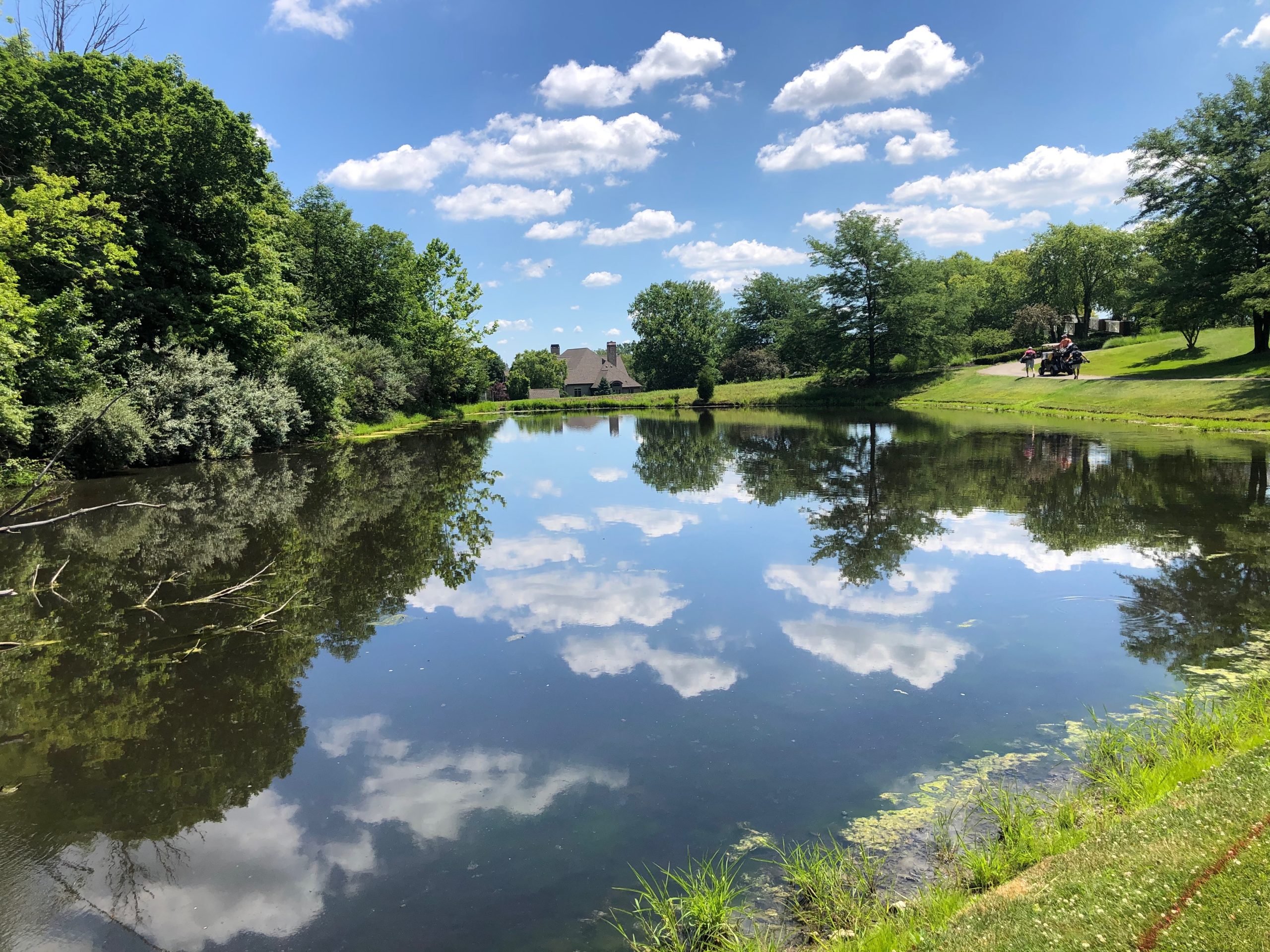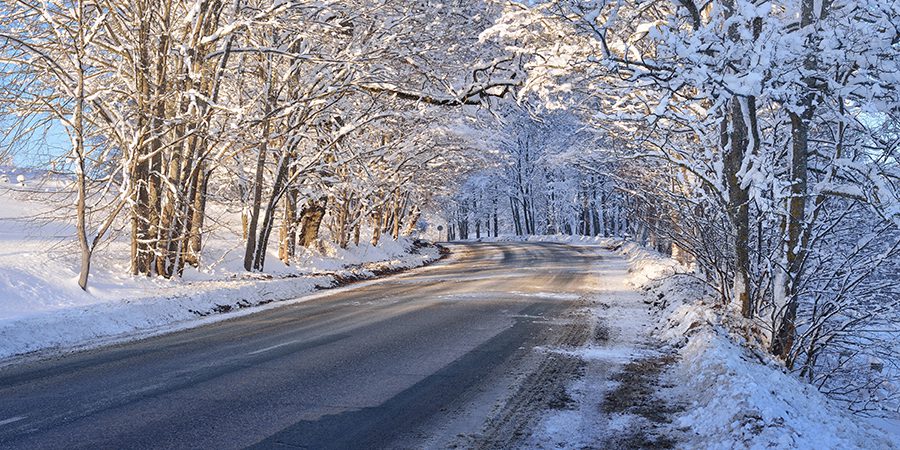Not only did I personally experience this problem, but I have also received numerous calls about what to do with poor seeding results from last fall. Let’s face it, last winter was very tough on plants, and seedling grass was no exception. Late September to early October seedings did not get enough time to develop mature plants before cold temperatures hit, thus they were smoked by the extreme cold.
 Spring is not the easiest time to establish new grass, especially if you don’t have irrigation or someone who knows how to use the irrigation system they have. You are also going to have to contend with weedy grasses like crabgrass or barnyard grass, as well as the typical broadleaf weeds that crop up in spring. If your customer is not willing to wait for fall, you may want to incorporate a few things into the seeding program to help it get established as fast as possible before the heat of summer.
Spring is not the easiest time to establish new grass, especially if you don’t have irrigation or someone who knows how to use the irrigation system they have. You are also going to have to contend with weedy grasses like crabgrass or barnyard grass, as well as the typical broadleaf weeds that crop up in spring. If your customer is not willing to wait for fall, you may want to incorporate a few things into the seeding program to help it get established as fast as possible before the heat of summer.
First suggestion is to slit seed into bad areas, rather than aeration/seeding. Slit seeding is more effective at getting seed-to-soil contact in an existing stand of grass compared to core aeration.
Provide a cover/mulch over the area. Top dress with a loose mulch if you have the equipment and manpower, or use the Easy-Flo compost mulch pellets to make application much easier and more efficient. This top dressing will help keep moisture to the seed for better germination.

Apply a starter fertilizer. I am especially fond of our 9-12-6 organic blend starter. It combines organic with inorganic to give you that great organic response without the higher cost. This starter has done a great job of getting grass up and running. Apply at a rate of four pounds per thousand square feet.
You will need some weed control options that will not harm the seedling grass. None of your broadleaf weed control products that contain 2,4-D can be used on new seedings, but a product like Tenacity will control some broadleaves as well as crabgrass without harming the young grass. Octane is another product that can help you burn down broadleaf weeds without hurting the young seedlings. Another option is Quinclorac to control crabgrass and some broadleaf weeds, but you can’t use it until 28 days after seeding.
As I said, spring isn’t the best time to establish cool season grasses, but the suggestions above should help make a tough situation much better. Have a great season!













